Iceberg Activity
For week 2, we began with another team activity from the book, Intercultural Collaboration by Design. The activity was called “Personal & Group Iceberg: Diagramming cultural characteristic.” The iceberg model, as illustrated and described in the book, helps us be able to visualize which types of cultural characteristics are often visible – explicit, and which tend to be invisible – implicit. For example in the iceberg model, implicit cultural values are depicted lying beneath a “surface of water” [1].
In our experience, using the Iceberg Model as the basis for diagramming personal and group views of cultural characteristics helps individuals to address the anxiety they often feel when embarking on intercultural collaborations. This activity can tie into discussions with your local colleagues of implicit and socially manifested characteristics, as well as the biases and stereotypes these characteristics sometimes bring with them. Many times, our assumptions, facts, and opinions about people or cultures include above-the-surface characteristics [1].
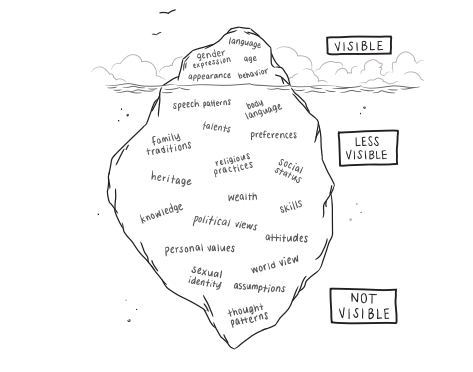
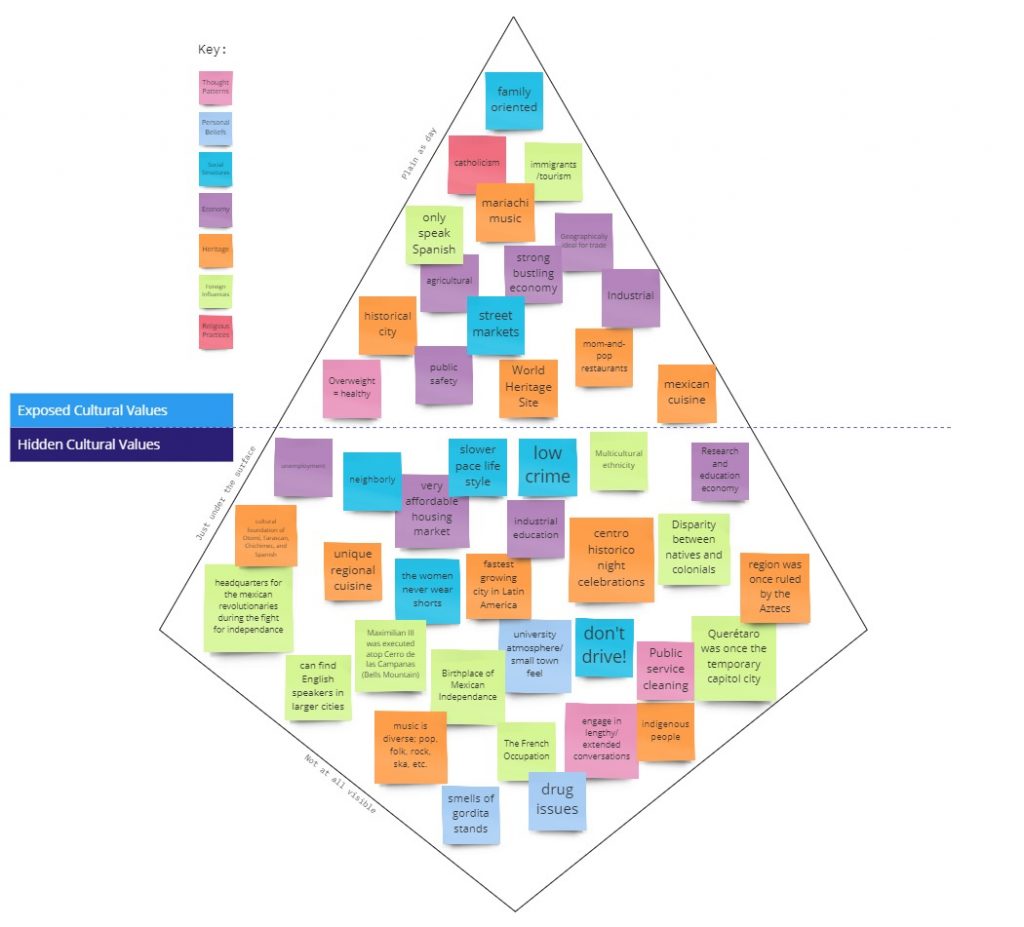
We pieced together our own iceberg illustration that covers exposed and hidden cultural values in Querétaro. As our group iceberg was beginning to form, each team member was able to take time to think about where to place each attribute, while also taking into account the views of other colleagues [1]. Along with placement, we carefully considered how each characteristic relates to each other. The placed notes illustrate our understanding of the thought patterns, personal beliefs, social structures, economy, heritage, foreign influences, and regional practices of Querétaro. This activity allowed us to dive deeper into our research of the city and truly grasp the culture’s explicit and implicit values.
Mind Map Deep Dive
After completing the iceberg activity as a group, we re-assessed our initial mind map from week 1. We were able to expand the mind map to include the exposed and hidden cultural values that were uncovered from the iceberg illustrations. Topics relating to education, economy, infrastructure, government and politics, health and social services, and housing were also intertwined and connected to our previous mind map iteration. We were pleased to see how much more information we were able to obtain from completing this exercise.
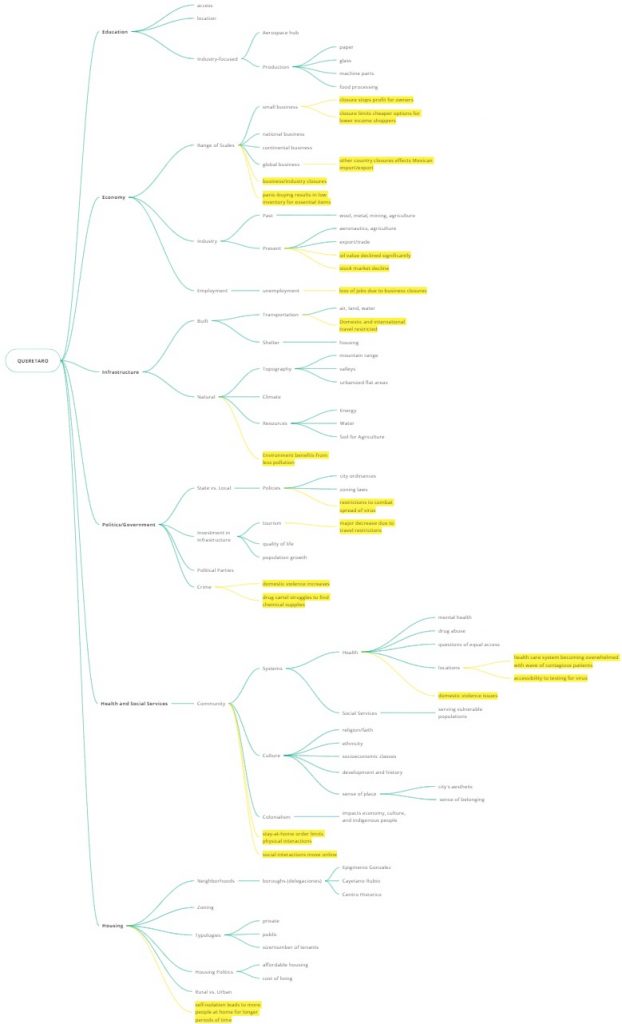
Figure Ground Drawings
Additionally, each team member prepared 3 figure ground drawings. The first drawing is of our individual home towns. The second drawing illustrates our housing locations at Iowa State University in Ames, Iowa. Lastly, the third drawing is of Querétaro. Each figure ground map is a 1/2 mile x 1/2 mile region. The drawings are simple, black and white, and extremely telling of each site specific location. By completing this assignment, we can visually compare the drastic differences between the Americanized urban layouts and Querétaro, Mexico.
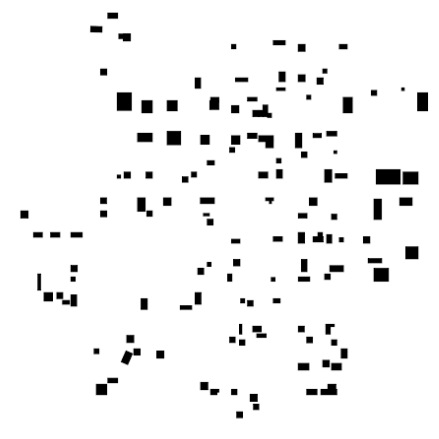
Home – Kristian 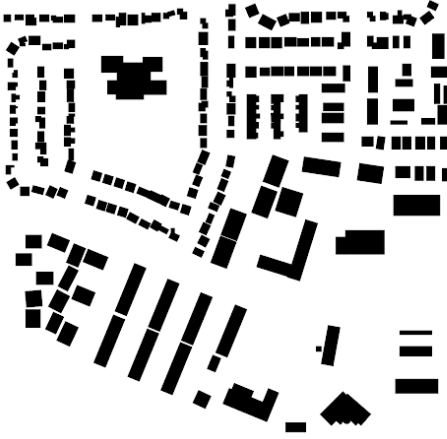
Ames – Kristian 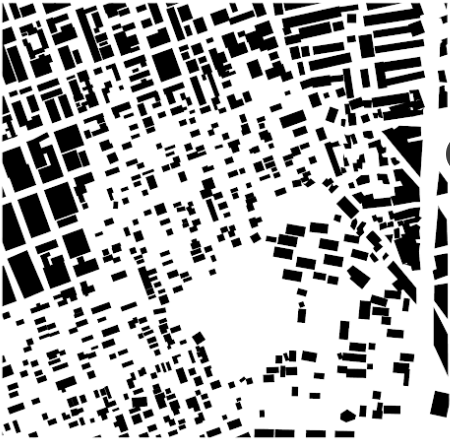
Querétaro – Kristian
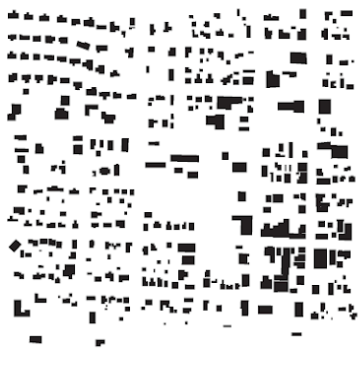
Home – Heather 
Ames – Heather 
Querétaro – Heather
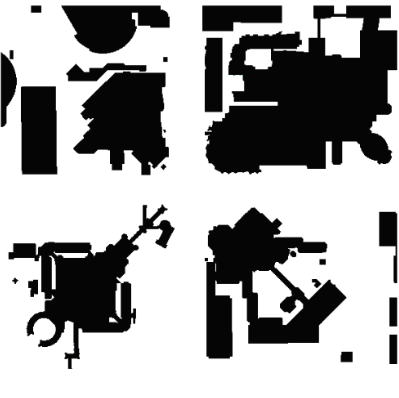
Home – Rachel 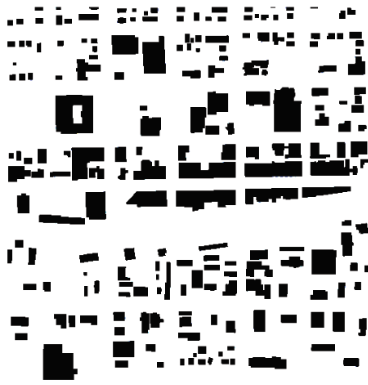
Ames – Rachel 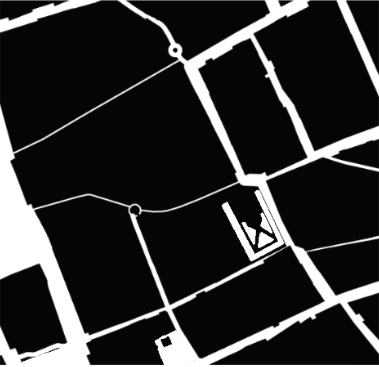
Querétaro – Rachel

Home – Emma 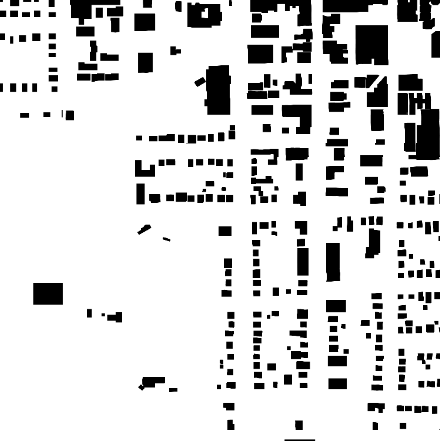
Ames – Emma 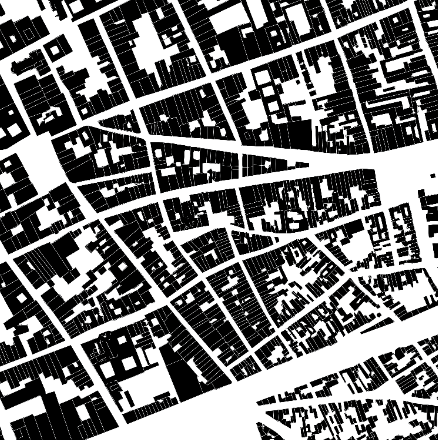
Querétaro – Emma

Home – Hunter 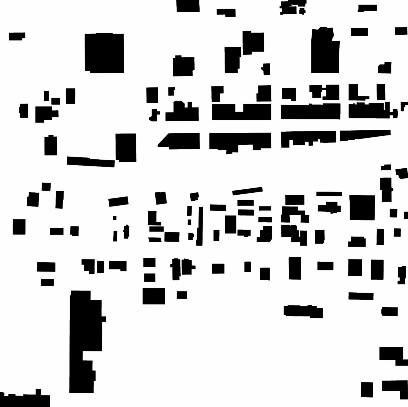
Ames – Hunter 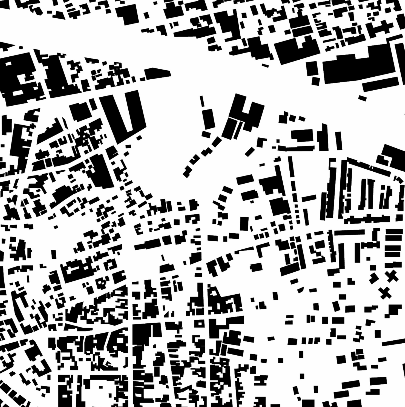
Queretaro – Hunter
Example Proposals
In preparation for the urban design proposal that our team will be writing next week, we investigated a few example competition proposals that address the current global pandemic. We want to pay particular attention to the impacts of Covid-19 on architectural, landscape, urban, and city design. Eventually, we will craft a competition proposal that encourages designers to create visionary projects that help shape and revitalize the city of Querétaro during the Covid-19 outbreak. Below are a few example websites that we will use as inspiration while writing our own unique urban design competition proposal.
Proposal 1 – https://www.theark.design/
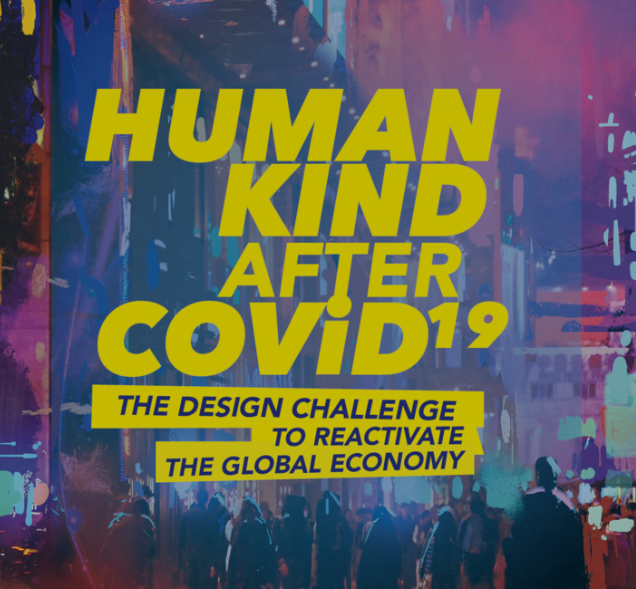
Propose a visionary project that helps to revive the economy of a region, city or community affected by the COVID-19 outbreak. The competition aims to generate visionary ideas that mark the after of the pandemic and inspire different organizations to draw up a “PLAN B” for the world economy [5].
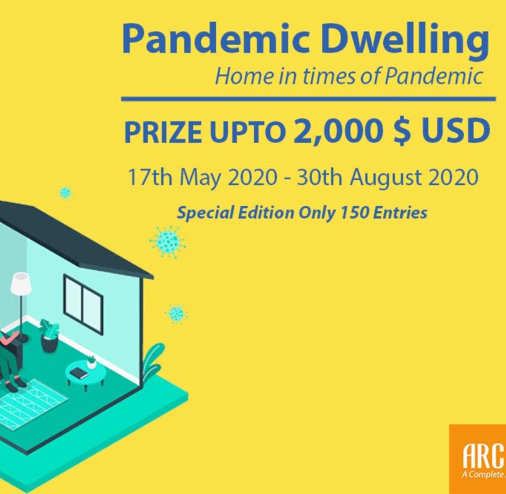
What is a Dwelling? Corona virus is changing the way we look at our cities, our homes and our rooms. Participants can look into various techniques of creating dwelling, fabrications and other techniques which can be efficient and answer to this issue [6].
Proposal 3 – https://www.a4ac.co.za/architecture-beyond-covid-19
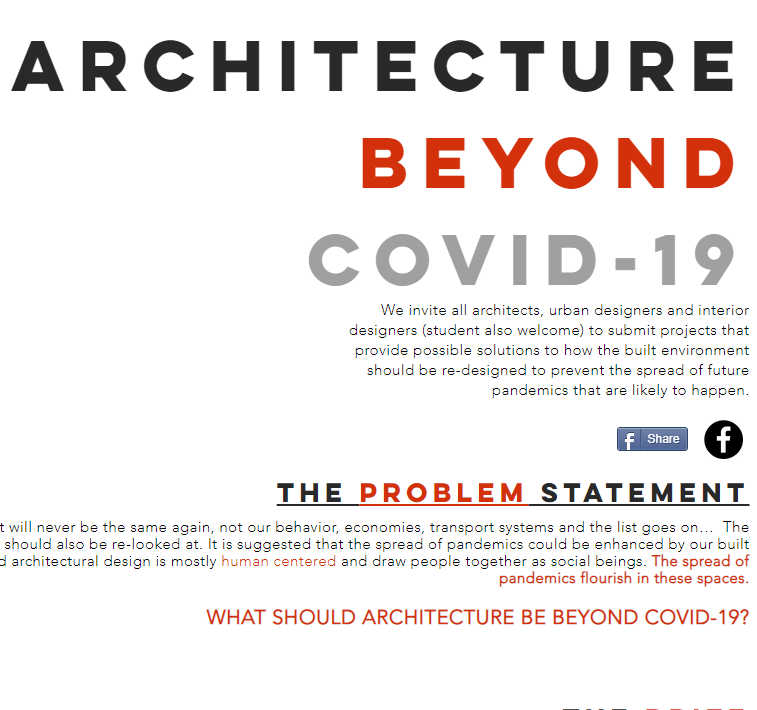
The world as we knew it will never be the same again, not our behavior, economies, transport systems, etc. The spread of pandemics could be enhanced by our built environments, such as in urban and architecturally designed spaces. What should architecture be beyond Covid-19? [7]
Proposal 4 – https://www.dezeen.com/2020/04/03/shift-architecture-urbanism-designs-social-distancing-into-the-food-market/
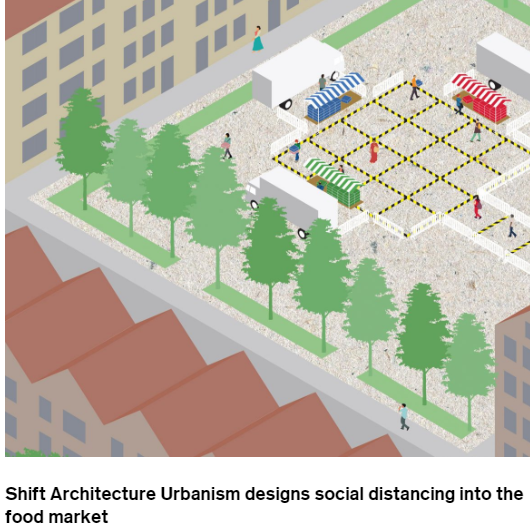
Dutch studio Shift Architecture Urbanism developed a model for street food markets, where people can buy fresh produce without coming into contact with one another during the coronavirus pandemic. Customers can buy fruit and vegetables, dairy products, and meat and fish, without risking spread of coronavirus [8].
Proposal 5 – https://www.dezeen.com/2020/05/12/caret-studio-social-distancing-stodistante-installation-vicchio/?li_source=LI&li_medium=rhs_block_2
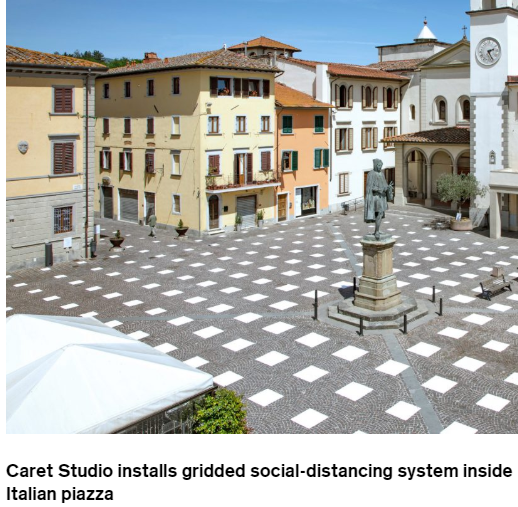
Italian practice Caret Studio has installed the StoDistante insulation in an Italian square to encourage social distancing as a temporary solution for reactivating public spaces after Covid-19 lockdown ends [9].
Proposal 6 – https://www.dezeen.com/2020/05/26/vaccination-units-waugh-thistleton-shipping-container-coronavirus/

Waugh Thistleton Architects has proposed creating 6,500 mobile vaccination centers in shipping containers that could travel around the UK and immunize the entire population against coronavirus in 16 weeks. The units roll out a mass immunization program [10].
Sources
[1] Intercultural Collaboration by Design, Chapter 1: Discover Work Styles (pg. 11-22)
[2] https://www.pacificcouncil.org/newsroom/implications-covid-19-mexico
[3] https://tradingeconomics.com/mexico/stock-market
[4] https://www.statista.com/topics/6196/coronavirus-covid-19-in-mexico/
[5] https://www.theark.design/
[7] https://www.a4ac.co.za/architecture-beyond-covid-19
[10] https://www.dezeen.com/2020/05/26/vaccination-units-waugh-thistleton-shipping-container-coronavirus/